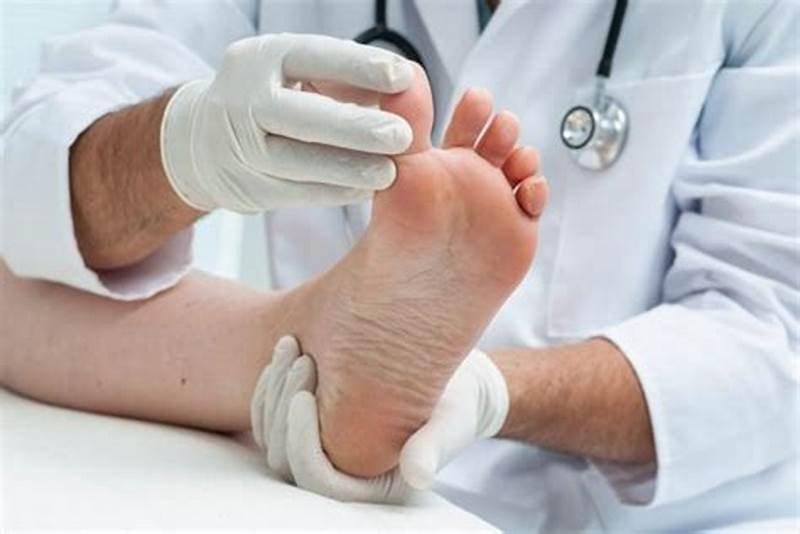Early Tracking Diagnostic Tech for Diabetic Foot Ulcer (DFU)
April 11, 2023 | Tuesday | Views
Incidence of DFU is approximately 1.5 times higher among men than women with diabetes
image credit- shutterstock
With India now surpassing China as the world’s most populous nation, we can’t afford to ignore the indication that our country might soon have the highest number of diabetes cases globally. This also means that the complications associated with diabetes are going to increase, requiring urgent attention.
To mention one, diabetic foot ulcers (DFUs) are a common complication of long-standing diabetes and the lifetime risk of developing a DFU is 19-34 per cent in patients with diabetes. DFUs contribute to a large part of the morbidity and mortality in patients with diabetes. But the worst part is that around 20 per cent of the patients with DFUs need a lower limb amputation.
According to studies throughout the world, it is estimated that every 30 seconds one leg is amputated due to diabetes. In one study, research showed that following an amputation, up to 50 per cent of people with diabetes will die within two years.
The incidence of DFU is approximately 1.5 times higher among men than women with diabetes. The incidences of minor and major amputation are also higher among men, with risk estimates for men ranging from 1.4 to 3.5 times higher in several large studies.
In fact, in low and middle income countries barefoot walking, lack of awareness, delay in seeking care, and shortage of trained healthcare providers and foot care services are common factors that add to the burden of this foot disease.
Three more factors that are usually involved in DFUs formation include diabetic neuropathy, trauma with secondary infection, and arterial occlusive disease. Patients with diabetes often have an altered lipid profile and apolipoproteins, which contributes to the appearance of these factors.
Further, recurrence of the DFUs is common, with around 40 per cent of patients having a new ulcer within one year after a healed ulcer and almost 60 per cent within three years. Also, pre-ulcerative lesions or minor wounds remain unnoticed and are repeatedly retraumatised, resulting in ulcer formation and, often, in delayed diagnosis of incident or recurrent ulcers.
Adding to the burden is the fact that DFUs are mainly exposed to skin commensal bacteria that can colonise the wound as multi-layered microbial communities surrounded by a self-produced protective extracellular biofilm. The biofilm makes wound healing and infections very difficult to resolve, as local access for antimicrobial agents and the host’s immune system is hampered.
These observations clearly indicate that major efforts are needed to develop health system-wide improvements in DFU prevention, treatment and early diagnosis. Typically, a non-removable knee-high offloading device is the first choice of offloading treatment to improve healing in DFUs. Fitting footwear combined with felted foam is considered as another choice of offloading treatment. But gradually over the years, technology is now being deployed innovatively to address this issue.
For instance, an Indian biotech company Mylab Discovery Solutions has recently partnered with a UK-based firm to develop a diabetic foot ulcer detection kit. It is one of the world’s first point-of-decision molecular technology solutions, delivering early identification of the spectrum of microbial flora in the ulcer and supporting clinicians to plan appropriate antimicrobial therapy regimes.
Another Indian player, Alkem Laboratories, is exploring the use of 4D bioprinting technology in collaboration with a South Korean company to treat the deep, non-healing, chronic wounds.
On the other hand, researchers in the US have developed a new software to improve diabetic foot care. The app detects the presence of ulcers and tracks whether the conditions of the ulcers can worsen.
With technology offering a range of new solutions, a paradigm shift toward DFU prevention might soon be possible which is required to produce meaningful reductions in DFU, major lower-extremity amputation and mortality.
Dr Manbeena Chawla
(manbeena.chawla@mmactiv.com)










